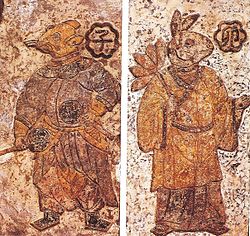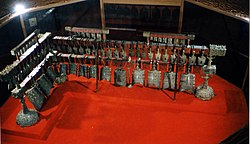| Part of a series on the |
| History of science and technology in China |
|---|
 |
Aside from many original inventions, the Chinese were also early original pioneers in the discovery of natural phenomena which can be found in the human body, the environment of the world, and the immediate Solar System. They also discovered many concepts in mathematics. The list below contains discoveries which found their origins in China.


















